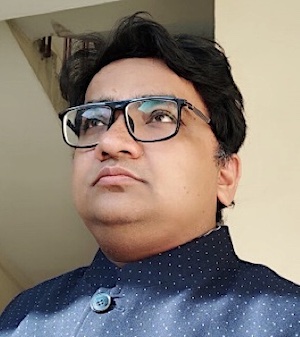 Mohammad Faiz Syed
Mohammad Faiz Syed
Superintending Engineer
Central Water Commission
Government of India
Disaster Management Program (’15)
Please tell us about your career path so far. What is your area of specialization and how did you come to work in this area?
Being a Mechanical Engineering graduate, I started my service in the Central Water Commission (CWC), Govt. of India in 2007 after securing the all India 13th rank in the Indian Engineering Services examination. My first posting was in Dehradun, Uttrakhand (State from where the River Ganga originates) as Assistant Executive Engineer, after which I was transferred to New Delhi at CWC(HQ) on promotion to Deputy Director rank in 2012. In Delhi, I worked in the Flood Control Application Directorate which mainly deals with flood modeling activities like flood forecasting, floodplain zoning and other flood management works. I worked in Delhi until 2020 when again on promotion to Director Rank I was transferred to Shillong as Superintending Engineer.
You are currently Superintending Engineer, Central Water Commission, Government of India. What are your main roles and responsibilities?
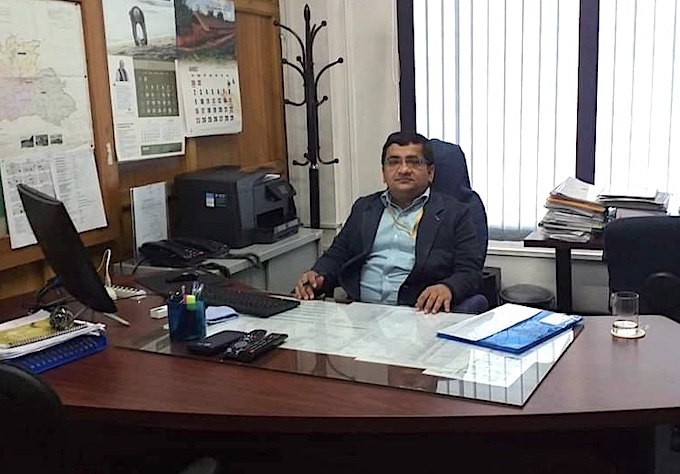
Faiz at his office
I was transferred on promotion to Shillong, Meghalaya as Superintending Engineer in August 2020. Currently, I am looking after the works of Survey & Investigation, Monitoring and Appraisal of various irrigation projects, Flood Forecasting, Hydrological Observation in the states of Meghalaya, Manipur, Mizoram, Tripura and Assam. Being an important representative of the central government here, I play a key role in the development of the water sector in these States.
In your current capacity, what do you see as the main opportunities and challenges for India over the course of the next five to ten years?
Being a water professional I can only comment on the water resource development of India. India is a huge country with huge water resources and potential. Management of water resources in India is a big challenge both at the center and the State levels. Currently, I am posted in the North-Eastern part of the country which is abundantly rich in water resources but most of it is untapped. Here we have places like Cherrapunji and Mawsinram that get the highest rainfall in the world, yet people at these places face water scarcity. Assam Valley in the North East faces recurrent devastating flood problems.
The India Government is striving hard for providing sustainable water availability to its citizens, primarily access to drinking water in the remotest areas of the country, protection from floods and access to canal irrigation in the agriculture sector. We may see a profound growth and development in the water sector in India over the course of the next five to ten years.
You have been selected as the winner of the Third GRIPS SDGs Award for your contribution to the “3-Day Advisory Flood Forecast System of Central Water Commission (CWC), Govt. of India”. Please tell us more about this project and your role in it.
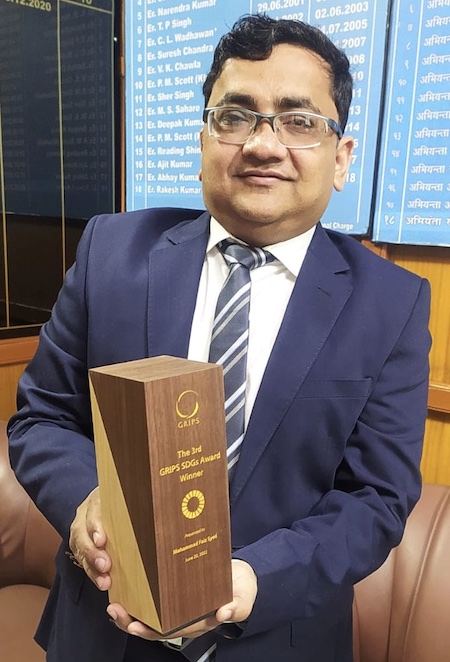
Proudly showing his trophy as the 3rd GRIPS SDGs Award Winner
Flood is the most common natural disaster in India. In the States of Uttar Pradesh, Bihar, Assam, Gujarat, Rajasthan, Bengal, Andhra Pradesh and Odissa, flood is a recurrent problem. According to estimates, on average, every year 7.5 million hectares of land is affected, 1600 lives are lost, and the damage caused to crops, houses and public utilities is over 225 million dollars. To cope with the enormous damage caused by floods in the country, the Government of India relies heavily on flood forecasting as one of the non-structural measures apart from other structural measures.
Need for the Project
The conventional flood forecasting by CWC has been done through the gauge-to-gauge correlation method which has performed very well over these years. Yet, it is a statistical technique and this has a major in-built drawback of limited and fixed warning time (not more than 24hrs in India). It is done manually and hence it is time-consuming. To overcome such limitations, CWC introduced a rainfall-based hydrological modelling technique for flood forecasting in 2017 through its 3-day-advisory-flood-forecast-system. This system has been developed totally in-house by CWC officers involving no extra funds. It complements the conventional system already in place.
The main reason for moving to a modelling-based flood forecasting technique was the popular demand for a longer warning time which is essential and critical for disaster managers and other stakeholders to plan and take preventive measures for minimising flood losses.
Project Details & Impact
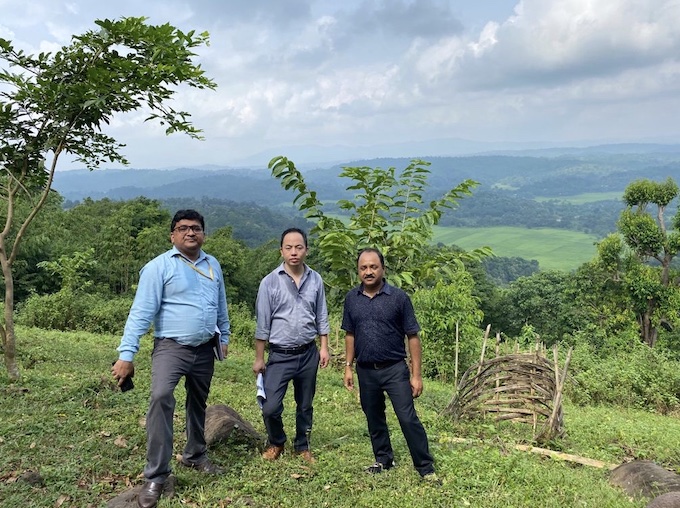
Inspection of works in West Garo Hills, Meghalaya
The system uses both hydrological (rainfall-runoff) and hydrodynamic modelling engines for real-time water level and inflow prediction in the rivers and reservoirs generating forecasts which gets updated every three hours for all the 325 forecasting stations simultaneously. It works in an automatic mode without any human intervention. The new forecasting technique has increased the warning time up to 72hrs (3 days in advance) and operates on a pan-India scale, covering all the 19 major river basins of the country. The system generates more than 2000 forecasts in a day which are easily accessible on a dedicated GIS platform. The three-day-advisory-flood-forecast-system of CWC is based on the latest state-of-the-art technology, and it is at par with any modern flood forecasting technique used in the world.
The 3-day-advisory-flood-forecast-system is not only a major upgrade from manual gauge-to-gauge to an automated rainfall-based flood forecasting system but also a great help for all the concerned States and project authorities of the country involved in flood management. This system intends to provide timely and in advance flood warnings which are vital for early evacuation from the flood risk zones and for preventing impending flood damages in the region.
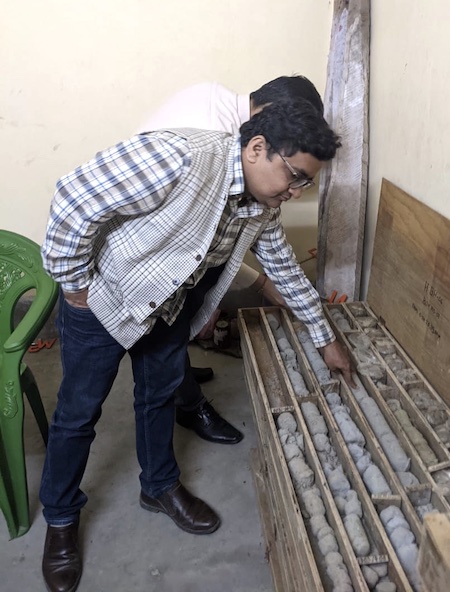
Inspection of core logs at investigation site in Tripura
The system is sturdy, durable, and sustainable. It has been performing very well since 2017 and has operated successfully for all the past five flood seasons. It will serve the country in the long run since a separate directorate has been entrusted with the responsibility of its maintenance and continuous improvement in the future.
As for my role, I have been the lead member in the development and operation of the 3-Day Advisory Flood Forecast system of the Government of India. Being Deputy Director for the project, I worked relentlessly under the abled guidance of my Director and contributed mainly to the development of hydrological models, automatic integration of global rainfall data into these models and automation of the entire system. I was also involved in the development of the GIS portal where the results of the system get published.
What led you to GRIPS? What is the most important thing you got out of your studies here, and how has your experience at GRIPS prepared you for future endeavors?
After completing my graduation I always wanted to do a master’s, but could not get ample time for it as I joined the service. When during my service, I got this opportunity of doing a masters from GRIPS that too within one year and fully sponsored, I could not resist.
My training at GRIPS/ICHARM, under the Disaster Management Program (2014-15) has been very helpful in my career professionally. It has not only widened my views and understanding regarding disasters in general and flood disasters in particular, and its risks and vulnerabilities but also has made me learn various skills and tools which are of great help in my professional work.
Have you had any involvement, professional or otherwise, with Japan since your graduation?
Unfortunately, there has been no involvement with Japan since my graduation from GRIPS.
How do you maintain a balance between your work and the rest of your life? And what is your favorite thing to do when you are not working?
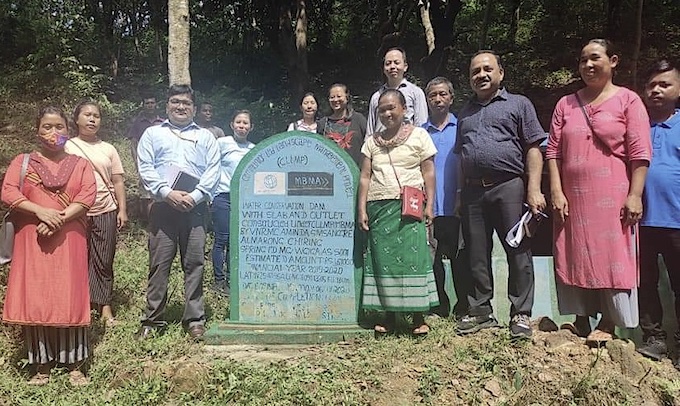
Interacting with the village people in West Garo Hill district of Meghalaya
For me, the best way of striking a balance between work and family life is not mixing the two. When I am in the office I hardly think about family and when I am with my family I hardly think about my office.
Travelling to new places, watching movies, and spending time with my kids are some of the favorite things I do when not working.
What are some of your fondest memories of your time spent at GRIPS? And what do you miss about Japan?
Though my training during the course was held at Tsukuba, we had an attachment of around two weeks at the main GRIPS campus in Tokyo. During that period we had a great time in Tokyo. Among some of my fondest memories are the participation in the World Disaster meet in Sendai where I had the honour to give a presentation on Urban Flooding on behalf of GRIPS. Also, my daily plying between the International Center and GRIPS on the local train was really exciting and full of fun as we interacted with local people and got an opportunity to see and experience the Japanese culture. I also witnessed snowfall for the very first time in Tokyo. It was an awesome experience. Apart from these, I miss the general cleanliness, high sense of responsibility and devotion among Japanese people towards their work, meticulous planning of events, field trips, travelling on Shinkansen etc.
If you could give one piece of advice to anyone considering studying at GRIPS what would it be?
Learn hard, travel hard and enjoy hard.
How would you like to maintain involved with the School? What do you expect from GRIPS as an alumnus and do you have any suggestions on how to further utilize the GRIPS alumni network?
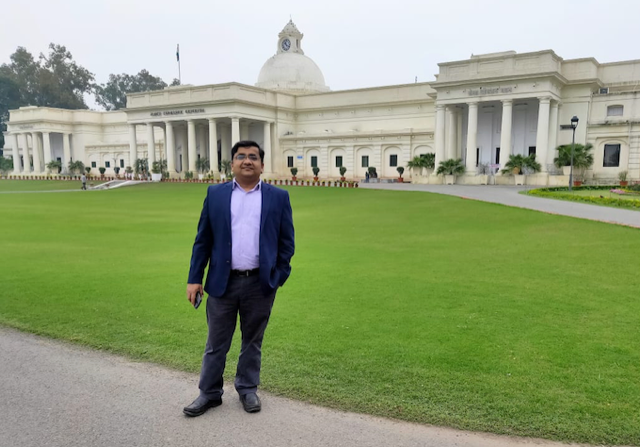
Faiz at the Indian Institute of Technology – Roorkee during World Conclave 2020
I would like to get involved by regularly keeping myself in touch with the GRIPS alumni network, participating in their events etc.
Also, I would suggest the GRIPS administration start a mechanism where online guest lectures from the expert members of GRIPS alumni could be arranged for its students. This will not only help students to benefit from the experiences of the expert alumni but also provides an opportunity for the alumni to share their knowledge and experience.





